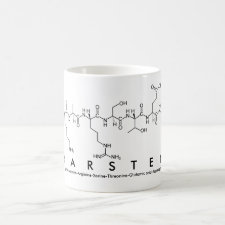
Authors: Gavioli E, Maier NM, Haupt K, Mosbach K, Lindner W
Article Title: Analyte templating: Enhancing the enantioselectivity of chiral selectors upon incorporation into organic polymer environments.
Publication date: 2005
Journal: Analytical Chemistry
Volume: 77
Issue: (15)
Page numbers: 5009-5018.
DOI: 10.1021/ac050407s
Abstract: A simple strategy for preserving and enhancing the chiral recognition capacity of polymer-embedded chiral selectors is proposed, capitalizing on a temporary blockage of the receptor binding site with tightly binding analytes during the polymerization process. We demonstrate that the copolymerization of a quinine tert-butylcarbamate selector monomer with chiral (and achiral) 3,5-dichlorobenzoyl amino acids allows one to control to a certain extent the binding characteristics of the resultant polymeric chiral stationary phases. The structural and stereochemical requirements of the templating analytes for maximizing the chiral recognition capacity of the polymer-embedded selectors are probed. The chromatographic chiral recognition characteristics of the analyte-templated polymeric chiral stationary phases are analyzed with respect to binding capacities and affinities and compared to those obtained with a conventional silica-based surface-grafted reference material. Changes in substrate-specific enantio-selectivity originating from analyte templating are also addressed
Template and target information: 3,5-dichlorobenzoyl amino acids



Join the Society for Molecular Imprinting

New items RSS feed
Sign-up for e-mail updates:
Choose between receiving an occasional newsletter or more frequent e-mail alerts.
Click here to go to the sign-up page.
Is your name elemental or peptidic? Enter your name and find out by clicking either of the buttons below!
Other products you may like:
 MIPdatabase
MIPdatabase









